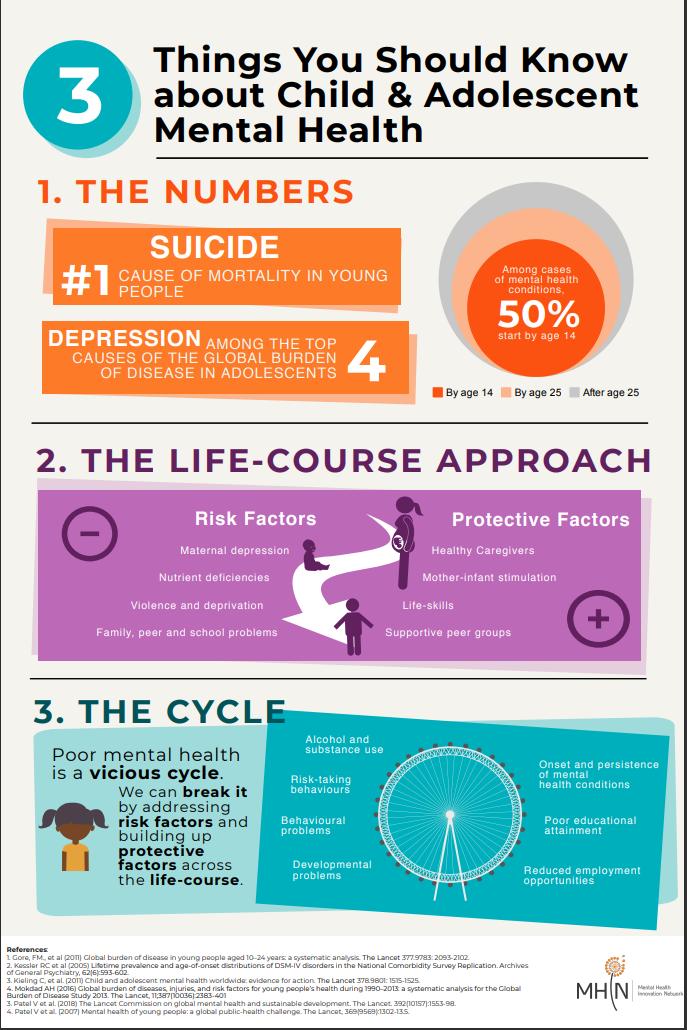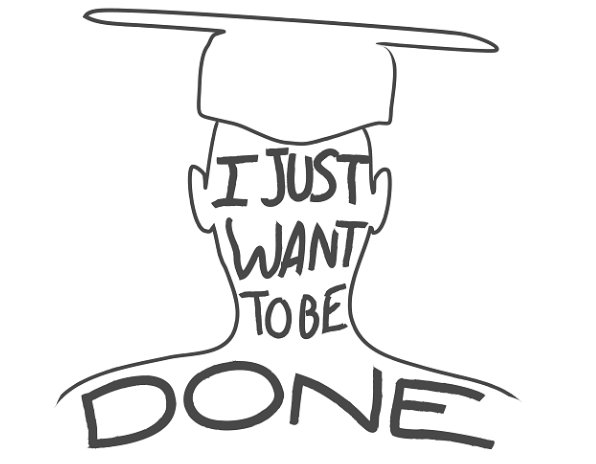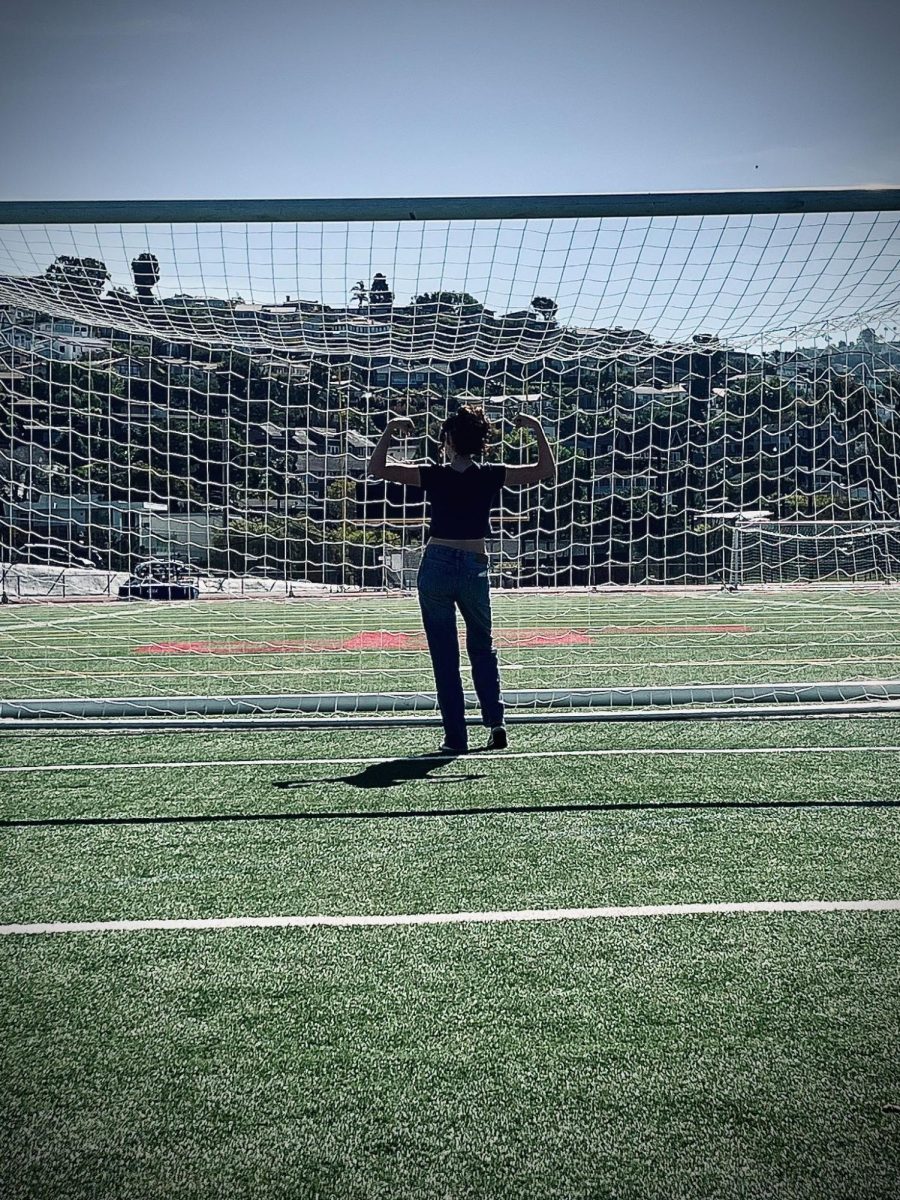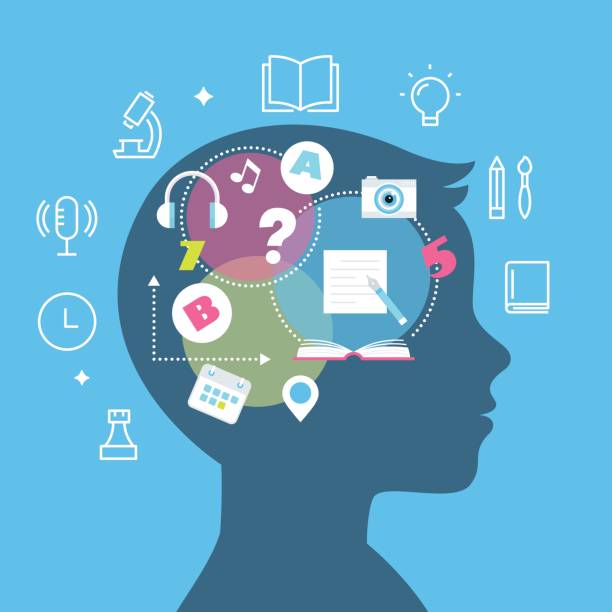
Social Media is a highlight reel that features only the most positive aspects of each poster’s life. Many teenagers fall into the trap of believing that this is real life. But, what is the deeper meaning of this so-called “trap”? It all boils down to a comparison game- seeing everyone’s “perfect” online lives and feeling like ours don’t measure up. It’s easy to fall into this mindset.
Social media is like two sides of a coin; one side is positive, and one is negative. It can be a good resource for people to express themselves, communicate with others, and gain information on favored topics. On the other hand, it can be an illusion of false information and fake portrayals of how most normal people live. Do the positives outweigh the negatives?
To investigate this question, I went to Ms. Humphreys in the LBHS Wellness Center. Ms. Humphreys is a licensed clinical social worker with 10 years of experience supporting students’ mental health. Prior to working at LBHS, she worked in other California school districts and at a foster care and adoption agency, where she provided mental health therapy.
In our meeting, Ms. Humphreys mentioned, “Our phones are listening. They can pick up on when we’re feeling down or depressed, especially if it’s a consistent thing. Instead of offering helpful resources, algorithms often show us more content that reinforces those negative feelings because, unfortunately, that keeps us scrolling longer, which makes them more money. So, social media can actually make us feel worse by constantly feeding us content that brings us down. When you look at it that way, it makes you stop and think: is this helping me or hurting me?” This question raises further consideration into who we are following, and how the people we follow can have a big impact on our journey to happiness.
Once one prioritizes following credible positive posters with honest, valuable content, the cycle of continually viewing short snippets of videos that do not relate to anyone’s real life can be broken. As my interview continued, she explained that the good news is that “there are also tons of great organizations, stories of hope, coping tools, and positive content online. It’s all about limiting the stuff that makes you feel bad and focusing on the stuff that lifts you up”.
I finally asked Ms. Humphreys about alternative activities a student could be doing instead of comparing themselves to others. Her response started off by recommending that students focus their time on the activities that make them happy. Friends and family are always a good alternative in providing meaningful social bonds. Eating healthy, exercising, and getting enough sleep are key to improving one’s well-being. Listening to your favorite song, learning a guitar melody, and stepping outside to feel the sun can make a world of difference.
Every little step taken in limiting social media comparison can turn into big steps long term.








Jade | Jun 28, 2025 at 3:36 am
Elise, this is a great article! It’s so informative and well-written! I had read that people were becoming depressed by social media, but I hadn’t understood why. Some days it’s so easy to get pulled into the internet. Thank you for reminding me of the alternatives.